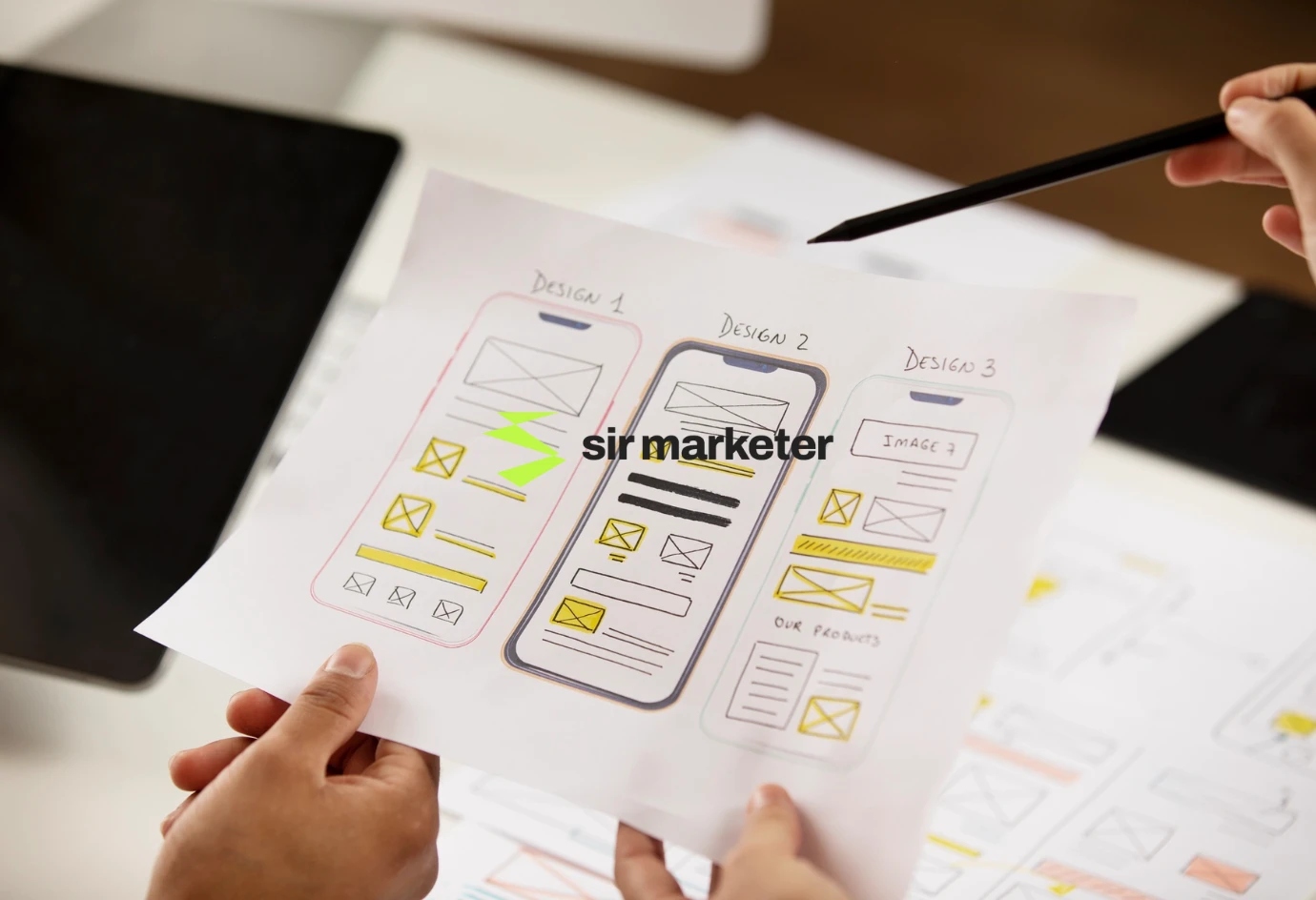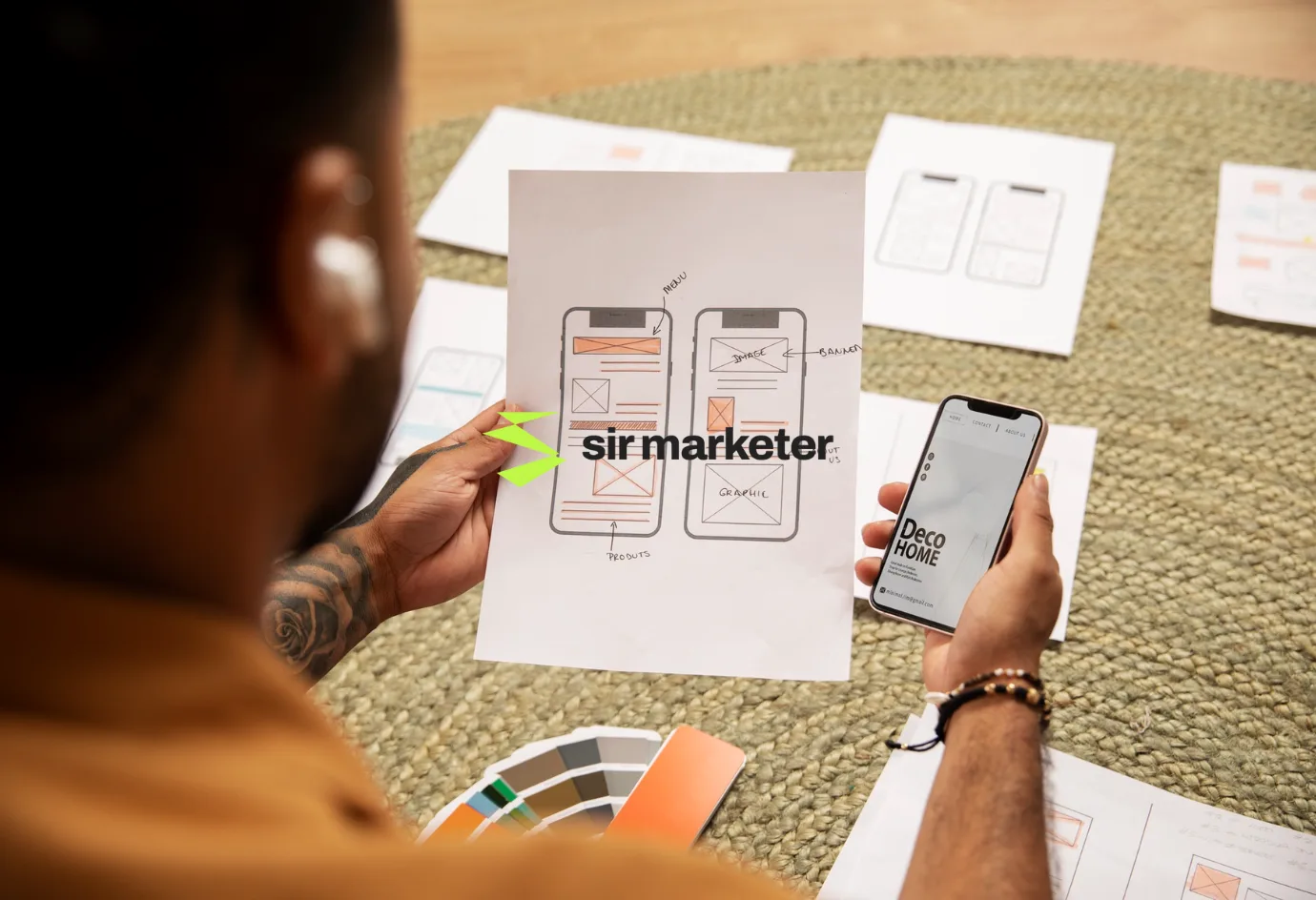

In the digital age, your website or app is your brand’s first impression—and possibly its last. A poorly designed interface can drive users away, while a thoughtful, intuitive experience can turn visitors into loyal customers. That’s where the importance of strong UI/UX design principles comes in.
In 2025, user expectations have evolved. They don’t just want information; they want seamless, emotionally intelligent experiences. To deliver that, you must understand the core principles of UI and UX design—and how to apply them effectively.

"Good design is obvious. Great design is transparent."
— Joe Sparano

Before diving into principles, let’s clarify the difference:

Great UI grabs attention. Great UX keeps users engaged.

Let’s explore the most impactful principles to increase user satisfaction, retention, and conversion.
At the core of UI/UX design is empathy—understanding your user’s goals, pain points, and behavior. User-Centered Design places the user’s needs first.
How to Apply:
Conduct user research (surveys, interviews, heatmaps)
Build user personas
Create user journey maps to understand interactions
Tools: Google Analytics 4, Hotjar, Figma, UserTesting
A clear visual hierarchy helps users navigate and absorb content effortlessly. Users should instantly recognize what’s most important on a page.
How to Apply:
Use size, color, and contrast to highlight key actions
Keep CTAs bold and prominent
Organize content into digestible sections with proper headings
Psychology Tip: The Von Restorff Effect boosts recall of unique elements.
Consistency across your UI (fonts, buttons, layout, language) creates familiarity, which in turn builds trust.
How to Apply:
Use a design system or style guide
Keep button styles, spacing, and iconography uniform
Maintain tone across all touchpoints (website, emails, app)
Read why website optimization matters
Confusing menus or deep dropdowns kill engagement. Keep navigation clean and intuitive.
How to Apply:
Stick to 5–7 top-level menu items
Use breadcrumbs for clarity
Add a sticky menu for long pages
Apply Hick’s Law: The fewer the choices, the faster the decision.
With over 60% of traffic from mobile devices in 2025, your design must adapt to all screen sizes.
How to Apply:
Use flexible grids and images
Test on multiple devices
Prioritize thumb-friendly buttons
Tools: Chrome DevTools, BrowserStack
Every action should have an equal and visible reaction. This keeps users informed and reduces anxiety.
How to Apply:
Show loading animations or progress bars
Use hover and click animations
Confirm actions with pop-ups or check marks
Microinteractions improve engagement by making users feel in control.
Accessible design ensures everyone, including users with disabilities, can use your product. It’s also a ranking factor in Google’s algorithm.
How to Apply:
Use sufficient contrast (Black & #bff747 is a great combo)
Add alt text to all images
Enable keyboard navigation
Use semantic HTML
Read about Web Accessibility in 2025
Users don’t just remember interfaces—they remember how those interfaces made them feel. Emotional connection boosts engagement and brand loyalty.
How to Apply:
Use storytelling in your UI (illustrations, brand voice)
Choose colors that evoke the right emotions
Celebrate user achievements (e.g., “You’ve reached 100% profile completion!”)
Pro Tip: Combine design psychology with your UI strategy.
No matter how beautiful your UI is, a slow-loading site turns users away. Speed is a UX feature.
How to Apply:
Compress images and videos
Use lazy loading
Minimize JavaScript and CSS
Tools: GTmetrix, PageSpeed Insights, Cloudflare
Your CTAs must be visible, compelling, and action-driven.
How to Apply:
Place CTAs above the fold and after key content
Use verbs like “Get Started,” “Download Now,” “Book a Call”
A/B test different colors and placements
Read From Clicks to Conversions: How Smart CTAs Drive Revenue


These brands prioritize user needs, reduce friction, and build habit-forming design.

Expect a surge in:

Track these metrics to measure your design’s effectiveness:

Use tools like Google Analytics 4, Mixpanel, Hotjar.
In 2025, businesses that win are those that design with intention—focusing not just on aesthetics, but on usability, accessibility, and emotion.
By applying these core UI/UX design principles, you can:
Your users are not just numbers—they’re humans. Design for their behavior, their emotions, and their needs.
Our team will answer all your questions. we ensure a quick response.